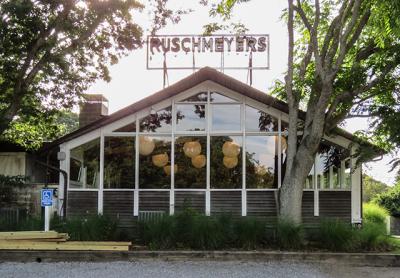SagTown’s Back — and Bigger
SagTown’s Back — and Bigger

SagTown Coffee reopened on Main Street this week, bigger and better than before the fire that destroyed it and several other businesses, including the Sag Harbor Cinema, nearly eight months ago.
“We did it,” said Shane Dyckman, who started the business in 2012. He quietly opened its doors over the weekend. “We finished construction at midnight on Friday and opened Saturday at 6.”
Mr. Dyckman, a volunteer with the Sag Harbor Fire Department, was among those who responded on the morning of Dec. 16, when a fire broke out in the building next door to his coffee shop. While the building was not destroyed, his shop was so damaged that it had to be gutted.
Working with Alex Baranovich, a Sag Harbor architect, he designed SagTown’s new home. It takes up not only his old space but also the front of the building, which housed Collette Consignment at the time of the fire. SagTown is now twice the size and has a new open, airy, beachy look, Mr. Dyckman said.
With more space, the shop is able to offer more than just coffee drinks. It now has sandwiches, flatbread pizza, fresh fruit, and acai bowls, all prepared on site. There is cold brew on tap, as well. Mr. Dyckman said draft lattes seem to be the biggest hit on the new menu. The condensed espresso infused with milk and nitrous oxide “settles like a Guinness,” he said.
SagTown’s hours are 6 a.m. to 9 p.m. daily, till 11 on Saturday nights.
“The best part is I don’t have to buy a cup of coffee anymore,” Mr. Dyckman said.





